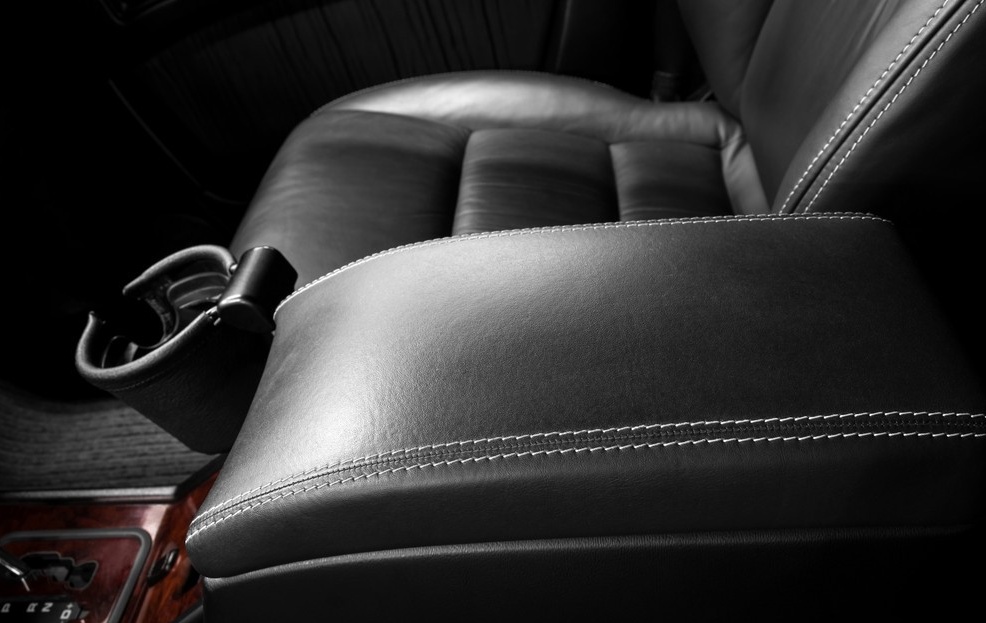Long-lasting antibacterial and mildew-proofing of leather has always been a difficulty for leather manufacturers. Especially in the rainy season, the chances of such leather growing a lot of mold will also increase. Taking the current situation as an example, there are still people who attach importance to the mildew resistance of leather, but there are still a few who attach importance to the long-lasting antibacterial of leather.
As everyone knows, mold is also a type of bacteria, and the long-term antibacterial effect on leather is actually preventing the growth of a large number of molds on the leather. Therefore, one problem is that the bosses of most manufacturers may not have a deep understanding of the long-term antibacterial treatment of leather. How does antibacterial leather achieve long-lasting antibacterial and mildew resistance? And by the way, what are the treatment methods of long-acting antibacterial and antifungal agents for antibacterial leather?
The long-term antibacterial and
antifungal methods of antibacterial leather are mainly divided into the following three forms: adding to the leather lining agent, such as glue, resin, etc., for long-term antibacterial and antifungal treatment. Antibacterial material antifungal agent, and another is a surface treatment of antibacterial leather in the later period, and the use of antifungal antibacterial material of long-lasting leather. Of course, different treatment methods for antibacterial leather are different, and the methods are naturally different.
-
Additive processing (various special leathers): similar to Glitter, PU artificial leather, etc. At this time, a small amount of long-acting antibacterial materials can be added to the glue and PU, and then processed according to the original process of the leather. . The artificial leather made in this way has a long-lasting antibacterial and mildew-proof effect, and antibacterial leather was born.
-
Additive treatment: In the process of tanning and fatliquoring, various chemical additives will be added to the leather to change the long-term antibacterial and mildew-proof properties of the leather. Then make it glossy or soft. At this time, a small amount of long-acting antibacterial materials can be added in proportion at this stage. In this way, antibacterial leather is made, so that this kind of leather has the effect of long-term antibacterial and mildew resistance.
-
Surface treatment method: It is in the form of coating on the surface of finished leather products, and the resulting antibacterial leather has a layer of long-lasting antibacterial and antifungal antibacterial protection. Thereby, the leather products of antibacterial leather can achieve an excellent long-acting antibacterial effect.



